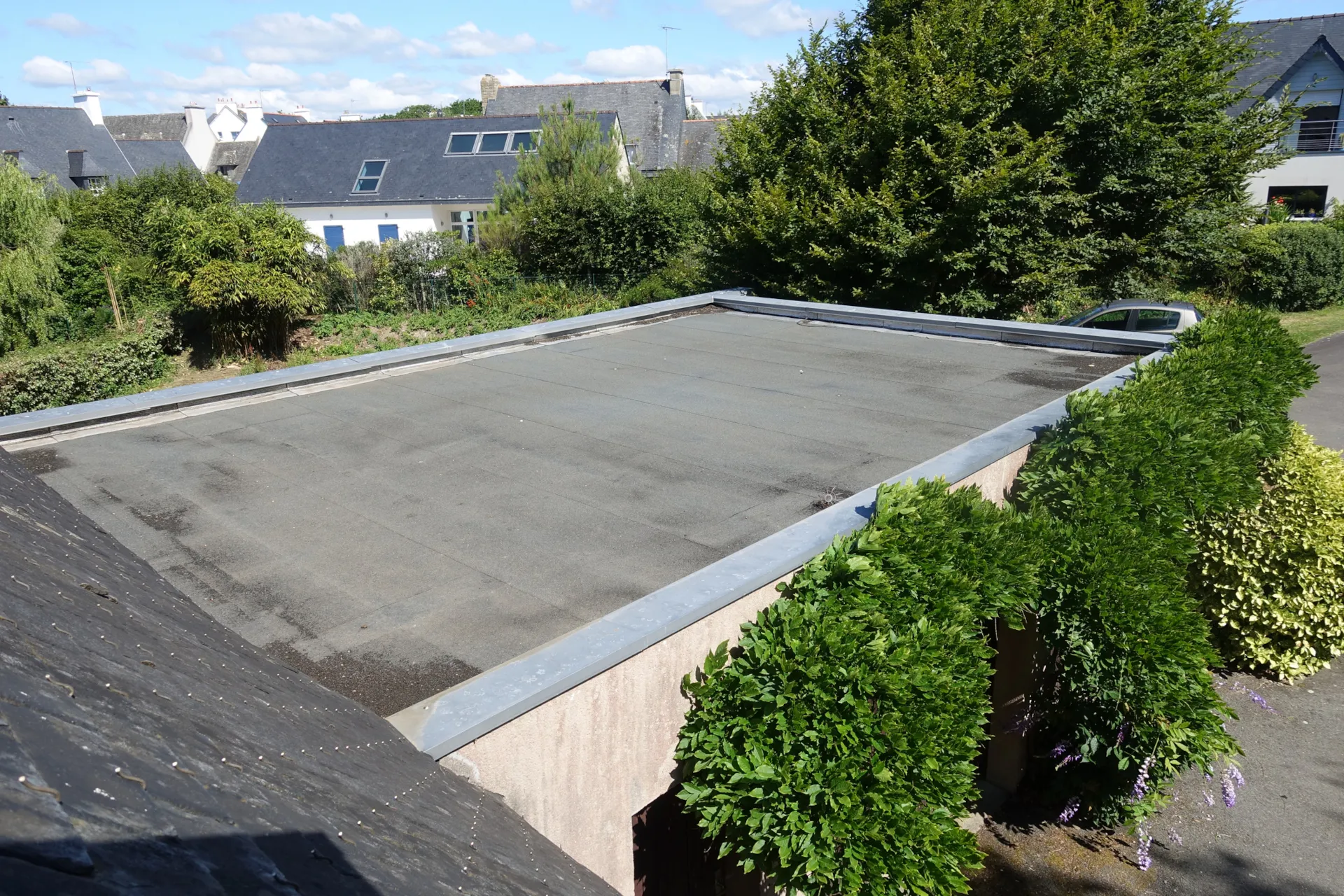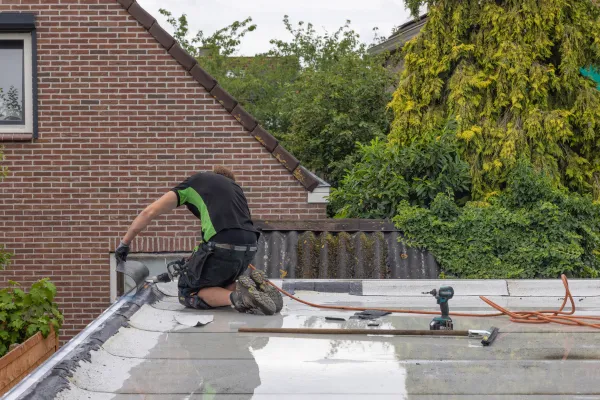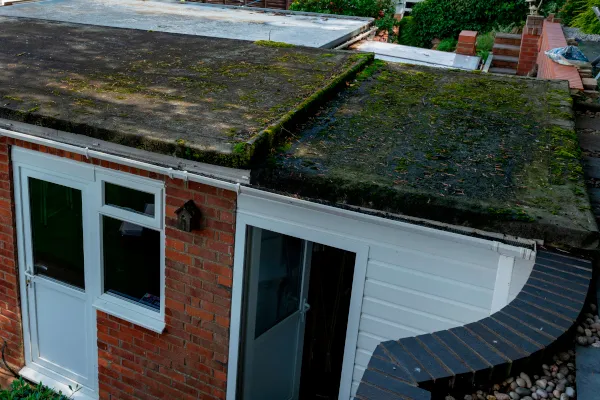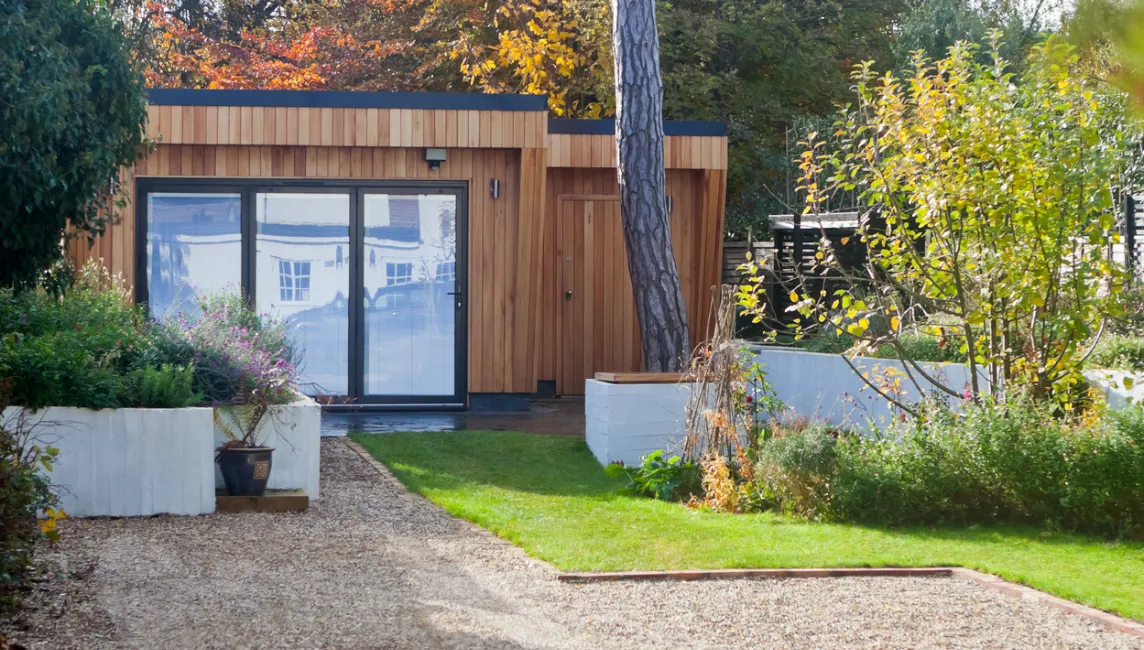Flat Roofs and LTM Eligibility
Explore lending considerations for flat roofs.

Simon Pawson
25 Feb, 2025

Subscribe to our Newsletter on all things later finance
Join our monthly newsletter today.
Company email
By subscribing, you agree to our Privacy Policy and to receive our newsletter.
Flat roofs remain one of our most common lifetime mortgage lending criteria queries, whether that's through our online criteria search tool or directly to our Underwriting and Intermediary Sales teams.
Often, these queries stem from a lack of understanding around the key considerations around flat roofs and the implications that this could have for equity release lending eligibility.
As a result, we've put this together with the aim of helping to widen understanding and supporting you in having more meaningful conversations with your clients.
Before we look at them in more detail, it ought to be said that while each roof type will have its own particular quirks, they're bound by the same key considerations from an equity release lender's perspective: the increased upkeep, and the ability for the property to be sold (especially as most mortgages are redeemed following the sale of the property once the last borrower has died or entered into long-term care).

Types of flat roofs and their durability
While flat roofs are usually used for extensions and additions, in some rare cases flat roofs can sometimes be used across the entirety of the property. Irrespective of the exact specifics, it's worth noting that the important definition used by some lenders is whether or not the majority of the roof is flat - in most cases ‘majority’ refers to anything over 50%.
While a client's property may only have a partially flat roof (likely from an extension, as described above), each later life lender may have different limits on how much of the property's total roof area can be flat.
Flat roofs come in a variety of building materials, some classed as durable and some classed as non-durable.

A durable flat roof is typically made from materials like EPDM (ethylene propylene diene monomer) rubber, which is known for its long lifespan and resistance to weather extremes. Additional materials classed as durable include GRP (glass reinforced polyester) which is highly resistant to impacts, extreme weather and temperatures, and BUR (built-up roofing) which follows a traditional multi-layered system with asphalt and reinforcing fabric.
Non-durable construction types include standard roof felt, which is less expensive but has a shorter lifespan and is more prone to damage from moisture and UV exposure. A modified bitumen construction with poor quality installation, meanwhile, can run the risk of cracking or leaking if not installed correctly.
Why are lifetime mortgage lenders cautious about lending on a flat roof property?
There are a number of factors around flat roof properties that can potentially increase upkeep and impact their ability to be resold. These include:
-
Potentially higher maintenance and repair costs
-
The risk of the flat roof moving or bending over time
-
A reduced material lifespan compared to pitched roofs
-
An increased risk of water pooling, leading to moss growth, damp walls, or leaks
-
A heightened risk of moisture problems owing to it being easier for drains to become blocked
-
A lack of effective insulation compared to pitched roofs, while heat attraction in summer can potentially warp or damage the roof
-
Increased home insurance costs as flat roofs offer additional entryways for criminals

What eligibility is there for flat roofs on Pure Retirement lifetime mortgages?
| Emerald | Acceptable subject to a maximum of 40% (non-durable roofs) or 60% (durable roofs) |
| Classic | Can consider up to 100% flat roof on selected Classic products (for full details please refer to the Classic Lending Criteria document). On all other products we will consider up to 50% flat roof. |
| Heritage | Acceptable subject to maximum of 50%. However up to 100% flat roof can be considered. |
| Sovereign | Acceptable up to 100% |
Hopefully this article has helped to widen your knowledge of flat roof eligibility and the reasons why mortgage lenders can view them with a degree of caution. Remember that you can learn more criteria eligibility across all of our ranges through the Product Solutions section of our website, which contains criteria documents for each of our products.
Our resources
Explore more of our resources tailored to supporting equity release advisers like you in succeeding.



